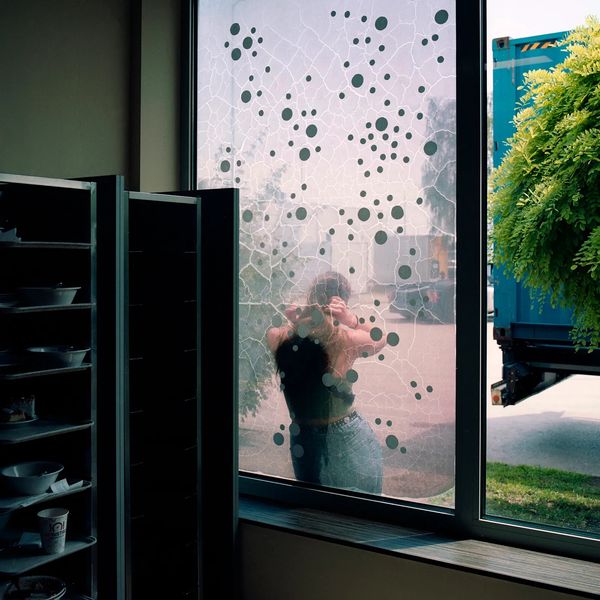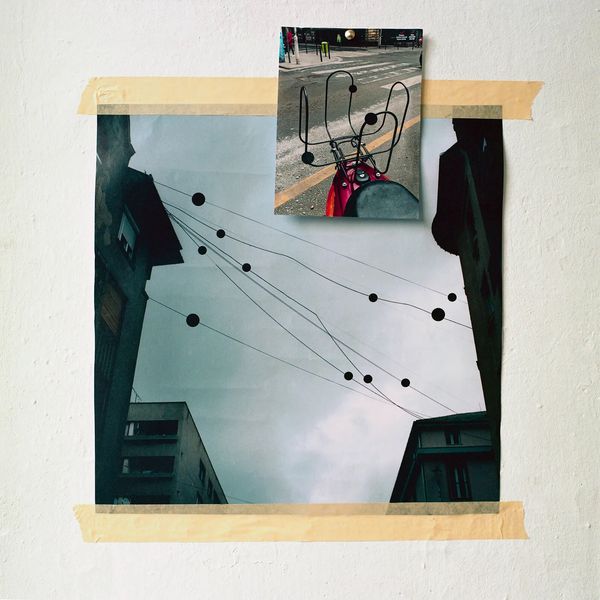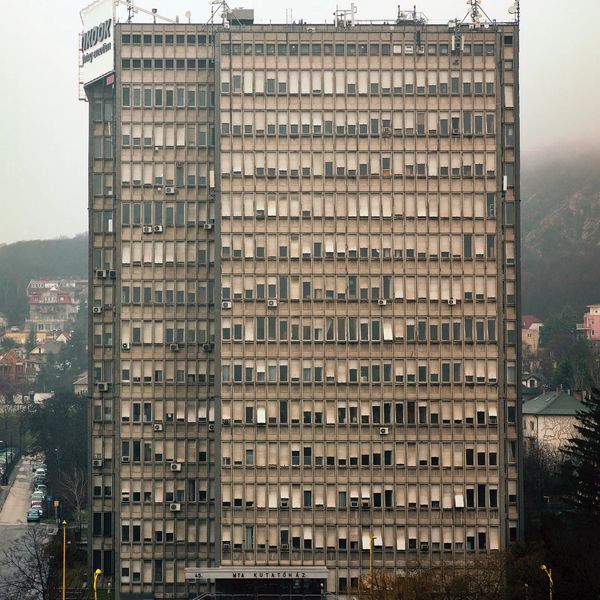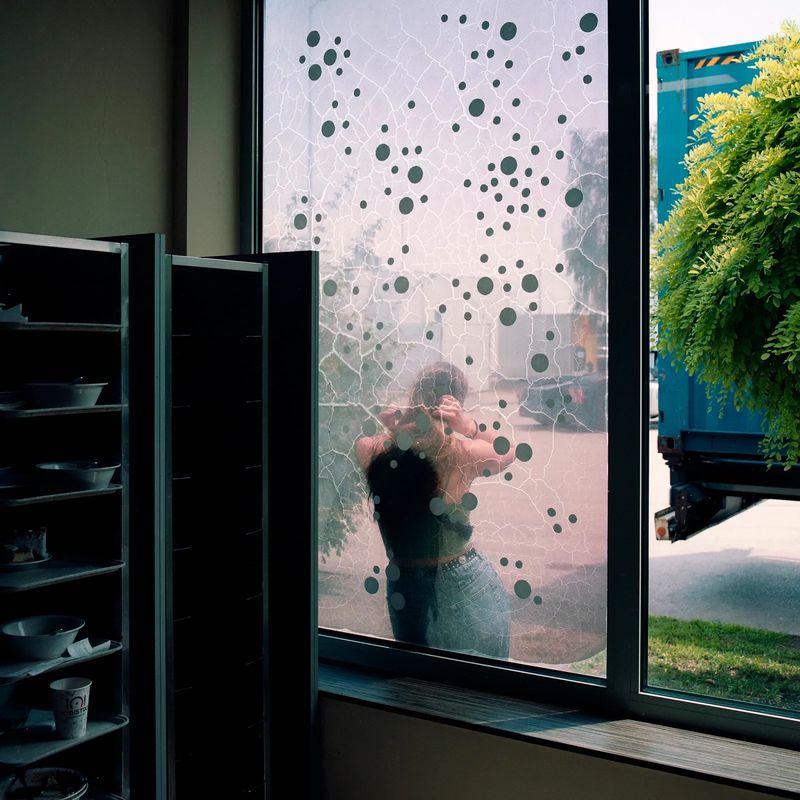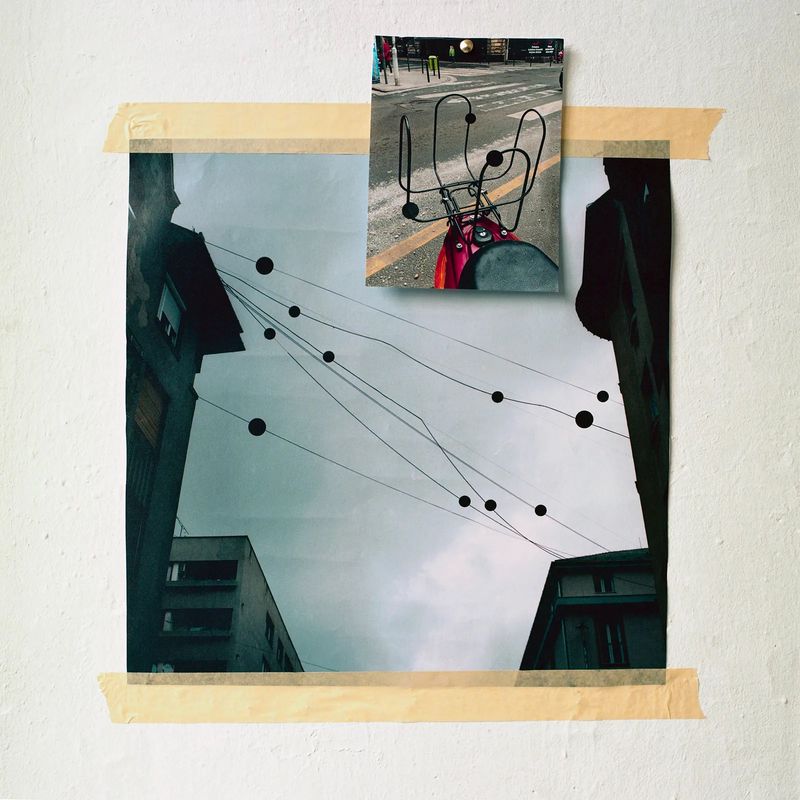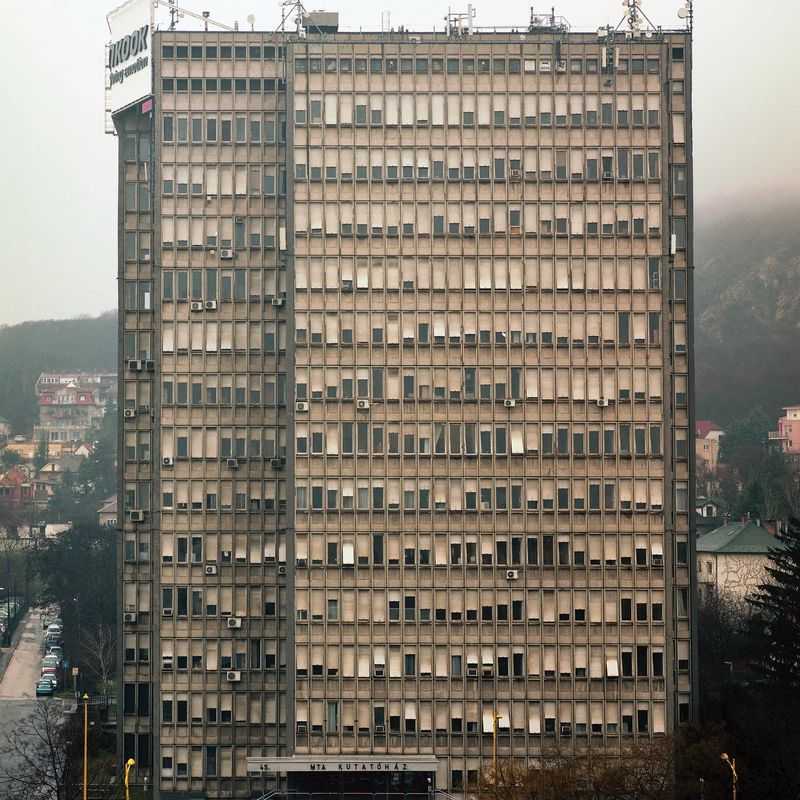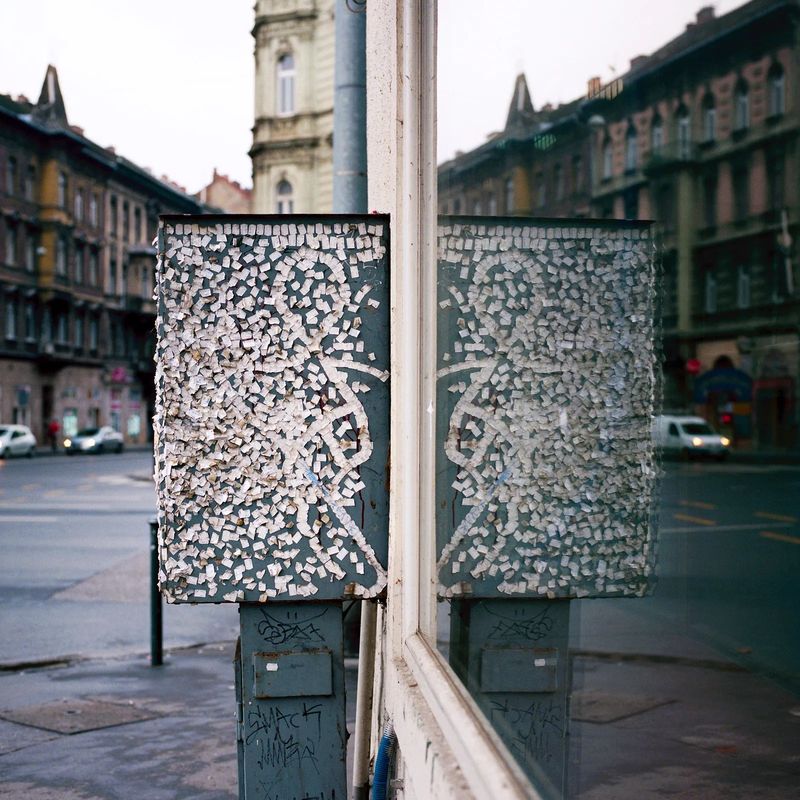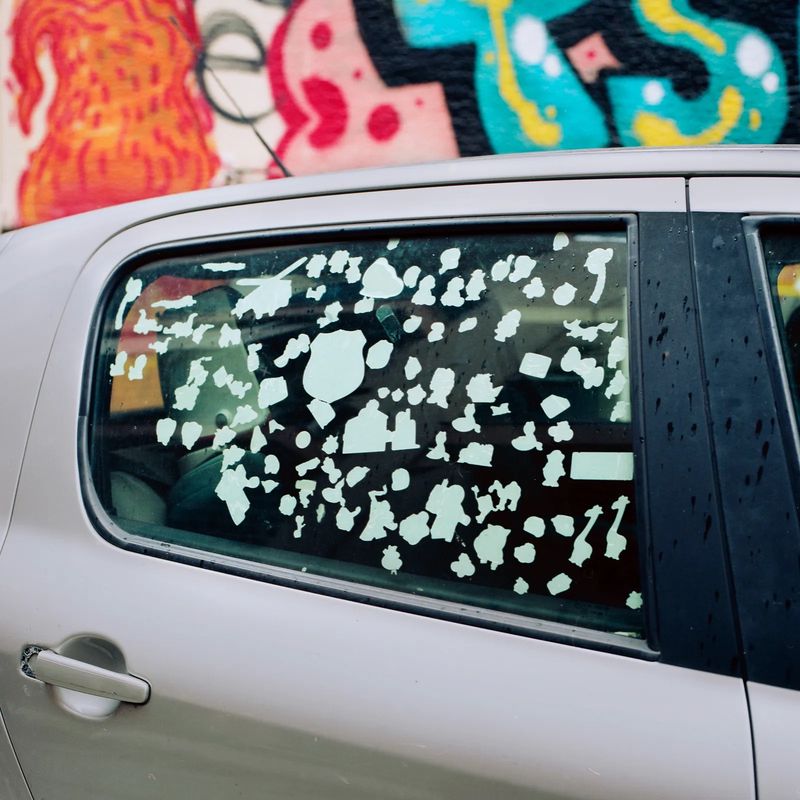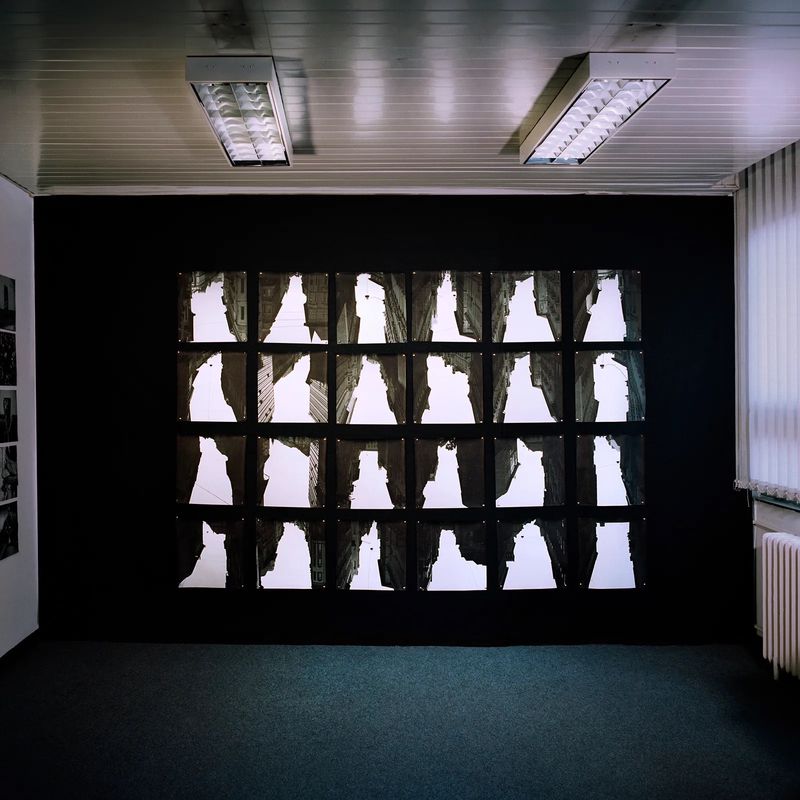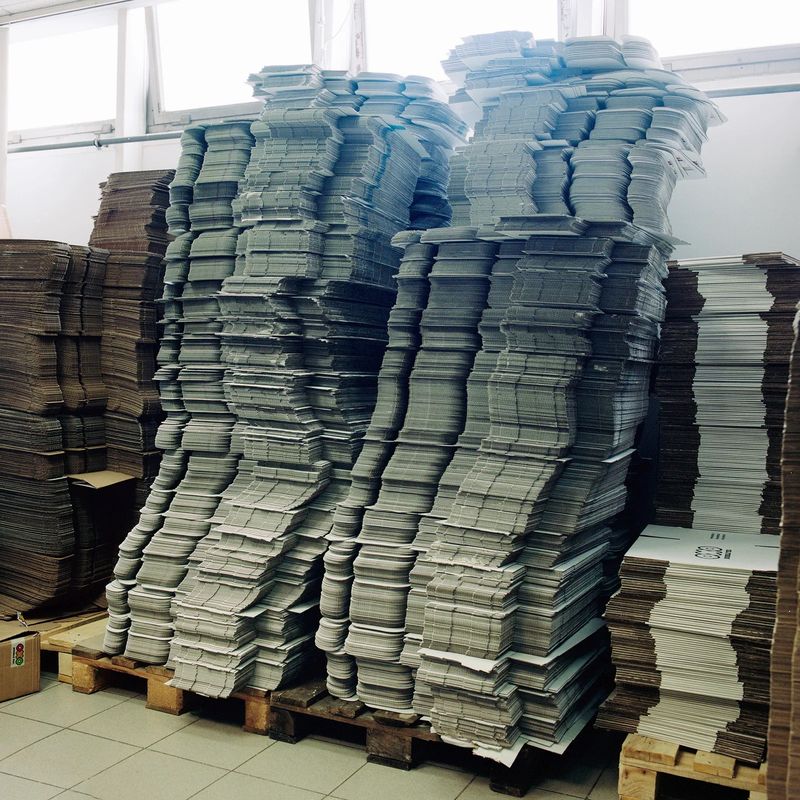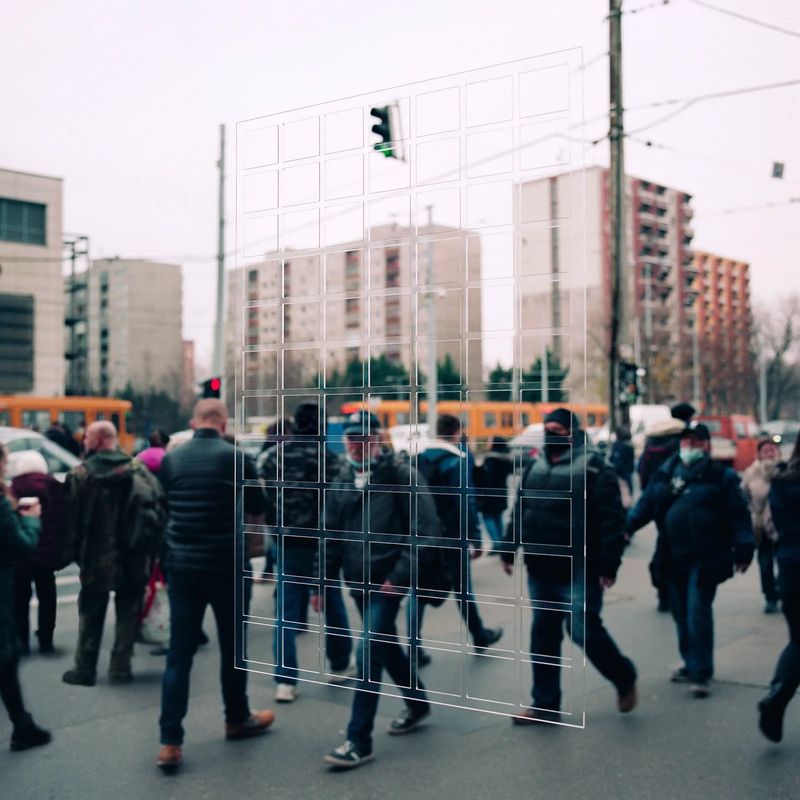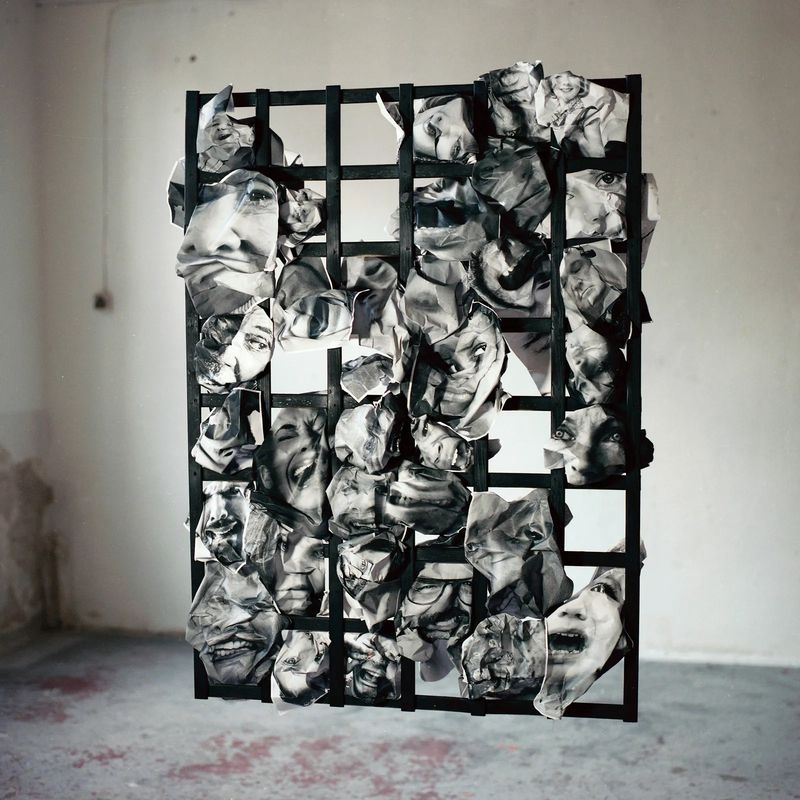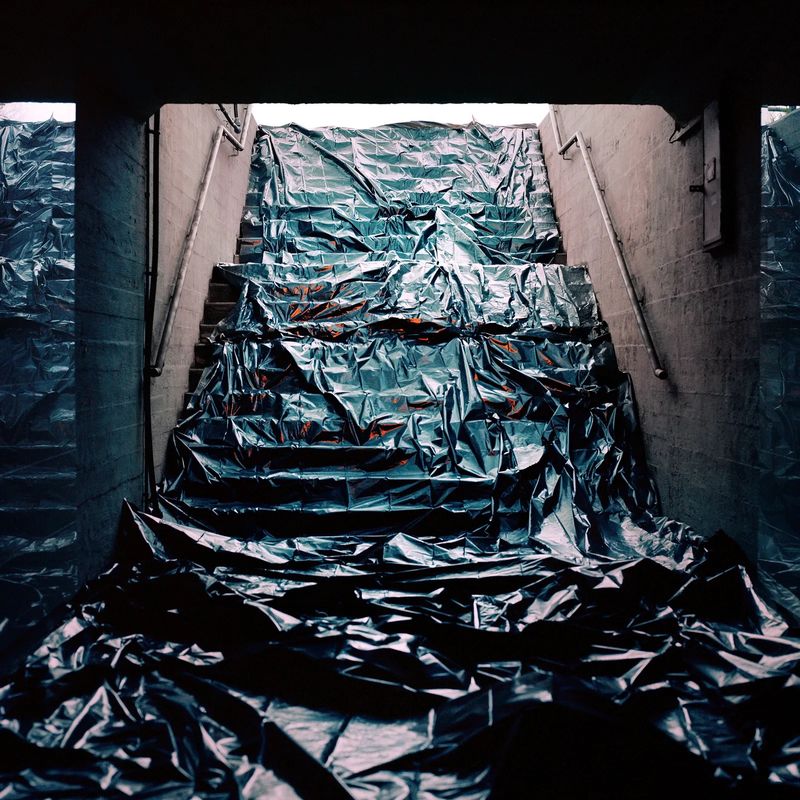Máté Bartha’s Urban Echoes: Seeing Meaning Beyond the Surface
-
Published3 Oct 2024
-
Author
- Topics Contemporary Issues, Daily Life, Photobooks, Street Photography
Máté Bartha explores connection, solitude, and the stories within everyday objects and landscapes. Drawing on philosophical and historical ideas, he invites us to find our own meanings, revealing the delicate interplay between reality and perception.
Máté Bartha has long been captivated by the street. With a vast personal archive of street photography to drawn from, he honed his ability to spot the unusual, skillfully manipulating out-of-place scenes to blur the boundary between reality and fiction—moments that appear staged and staged moments that feel real. This instinct forms the backbone of his work, Anima Mundi, emphasizing simple forms that anchor the imagery.
"From then on, I started to modify these [elements] more, or create installations as some kind of scientist or scholar would drive experiments."
In his photography, we repeatedly encounter the breath of the city, our gaze lingering within its confines. A subtle sense of melancholy permeates this work, as the images portray the urban environment as cold and at times distant. While it isn’t his intention to depict the city unfavorably, Bartha grew to accept it as a strange and difficult environment to comprehend—too often far removed from comfort. But whether his images convey harshness, they ultimately reflect the reality he has observed.
Anima Mundi unfolds as a structured composition that contains everything yet remains deliberately devoid of words or guidance for interpretation. Bartha finds fascination in the references of early thinkers, like the English physician Robert Fludd, who endeavored to connect music to the stars and the elements of the earth to the human body—all within a single tome. These thinkers, a captivating blend of magicians and scientists, believed in a unified, logical structure to explain the complexities of existence. Their works, rich in visual elements, relied on illustrated experiments—early infographics designed to elucidate the world. In his own practice, Bartha boldly seeks to capture this same approach.
His work also draws on Platonic philosophy, which posits an underlying organizing principle in all things—perfect forms that exist not in our physical world but in a realm of ideals. This notion of perfection resonates throughout Anima Mundi, notably in recurring themes of organization and connection.
Two chapters delve into the theme of humanity: the first explores individuals as part of a system, while the second examines them as solitary beings. Analyzing these images reveals that we often navigate life either in isolation or as part of an orderly societal arrangement, much like the grid structure suggests. A pivotal photograph of a mundane street corner in Budapest encapsulates these contrasting conditions.
Featuring a simple electrical box at a busy junction, the photograph reveals a story: grocery store employees allegedly placed price tags on the box during their shift breaks. The stickers begin in an orderly fashion, gradually descending into chaos, creatively arranged into a drawing. This dynamic illustrates forms of human engagement with the box, amplified through a mirror—a visual trick that transforms it into an artifact within the city.
"This imagery encapsulates what this book is about: how we perceive and find stories in things. Our minds add layers of meaning to everyday objects."
This engagement likely involves multiple individuals unaware of each other, yet for a brief moment, they create something together. The chaos of the stickers, seemingly nonsensical, is what makes it compelling. Comparably, a photograph of stickers on a car window showcases a different form of interaction. From the outside, the shapes appear unified, but inside, they present a variety of forms—a giraffe, a helicopter—echoing the Platonic idea of a singular organizing principle behind diverse shapes. While the stickers tell richer stories to those inside, outsiders can only make educated guesses about their meanings, encapsulating childhood's elusive nature.
Another striking photograph features a brutalist building in Budapest, home to the National Research Association, marked by its numerous windows—some open, some dark, some reflecting a white color. Although Bartha has never stepped inside, he envisions its research rooms brimming with papers, stuffed animals, and globes. This photograph aligns with the overarching theme of his work, depicting a living organism in our midst: the window blinds shift daily, infusing the structure with a sense of vitality.
He reflects, “We know that humans are doing this inside, but from the outside, it [resembles] some kind of a plant or animal that changes its skin. If I would look at it from a telescope from space, then maybe I would think that this is a plant, this is a tree changing its leaves with the season. And we would think of the humans inside it as we think of the different blood cells within us.”
The facade of the building also evokes the appearance of musical punch cards, once used in early computers to store information about how music should be played. This imagery connects to another central theme of Anima Mundi: the idea that the building (or perhaps the photobook itself) harbors valuable information, yet remains enigmatic without the proper tools to decode it. It’s like discovering an ancient stone tablet inscribed with writing; although you can't decipher it, you instinctively know it holds significant knowledge.
In the end, and perhaps inescapably, no matter how many lenses we look through, grids we draw to map reality, or codes we craft to unlock the world, we cannot confine it to a single truth. Anima Mundi lets meanings drift among countless eyes that behold them, each viewer weaving their own intricate tapestry of stories.
--------------
To support the production of Máté Bartha's book, Anima Mundi, you can visit this link.
--------------
All photos © Máté Bartha, from the series Anima Mundi
--------------
Máté Bartha is a Budapest-based photographer and documentary filmmaker. In his still and moving image works, he explores the boundaries of documentarism, the borderline between the real and the fictitious, questioning the recognizability of reality and the systematizability of knowledge. Find him on PHMuseum.
Lucia De Stefani is a writer and editor focusing on photography, illustration, and everything teens. She lives between New York and Italy. Find her on Instagram and Twitter.
